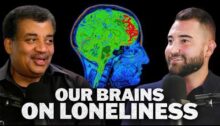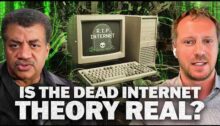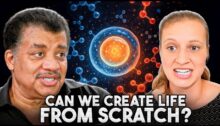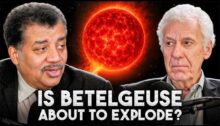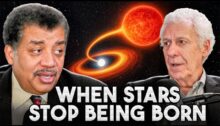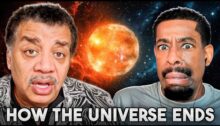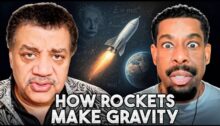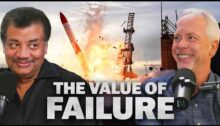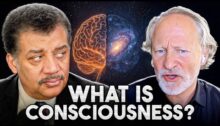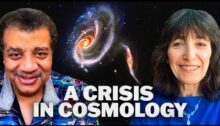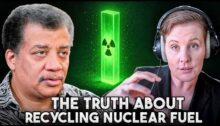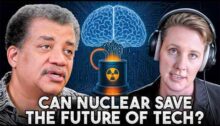How Life on Other Planets Could Be Completely Different
From StarTalk. In this conversation, Neil deGrasse Tyson and Kerstin Göpfrich discuss whether life elsewhere in the universe would share Earth’s familiar DNA–RNA–protein system or emerge through entirely different biochemical pathways. They explore the dominance of carbon-based life over potential silicon-based alternatives, the question of whether evolution would always reach the same solutions, and how…

